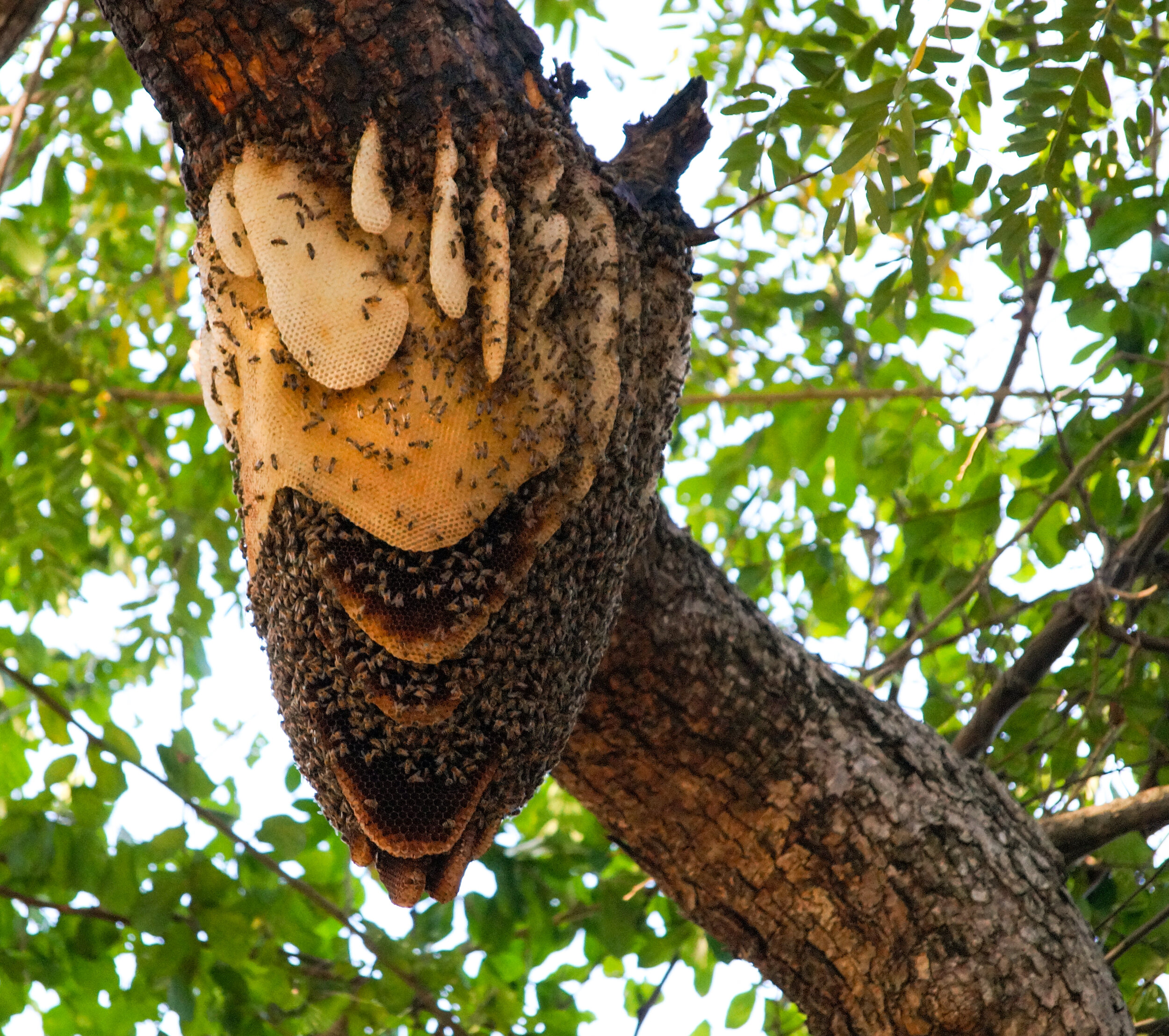bee nest in tree trunk
Honeybees nests are often found within hollow spaces such as tree trunks logs and fence posts. 1 Contact a Beekeeper Its possible that you might have a beekeeper in your area who would be willing to come out to your home to take the bees.

Beehive On Tree Trunk Stock Photo Download Image Now Animal Animal Body Part Animal Nest Istock
Honeybees in tree trunks or hollows often cause recurring problems.

. If you notice a bees nest in a tree trunk or stump. Wear long sleeves long pants gloves and a hat while killing a hive. Most commonly swarms are found dangling from a tree branch in a huge cluster.
Make sure to buy a good quality insecticide that works effectively on hornets. How do you remove bees from a tree without killing them. Getting rid of the bees in a tree trunk yourself may present a.
How long will a bee. 3 Plants that are known to repel. To request the removal of a beehive on County property contact the Los Angeles County Agricultural CommissionerWeights and Measures Department at 626 575-5471.
Also consider raking any vegetation or mulch around trees and shrubs. Both in the Xylocopa species. Chop Chop Tree is committed to being your company for tree service in Los Angeles CA and to that end weve assembled some of the most experienced high quality.
They cannot burrow through dead hardwood trees. Consult with a Beekeeper. Two types of carpenter bees that have are known to build nests in dead trees include the green carpenter bee and the yellow and black carpenter bees.
Wild colonies of honey bees commonly nest in old hollow or rotted-out trees. Carpenter Bees They will burrow into the dead timber and soft trees. They actually tell other bees where the cavity is by dancing on.
If the hive is located in a tree cavity scoop out the dead bees hive and. 2 Sprinkle cinnamon around the Beehive. They cannot burrow through dead hardwood trees.
Two types of carpenter bees that have are known to build nests in dead trees include the. If you are uncomfortable doing this hire or barter with someone to do it for. What kind of bees live in tree trunks.
If you have access to a. Do not forget to buy a projectile if the hornets nest is located high in the tree or a roof since it will help you shoot. Squash Bees Do Bees That.
Swarms are how bee colonies reproduce. A swarm is just there temporarily and will take off in. While honey bees are essential for creating honey for humans to enjoy theyre no laughing matter when they take up residence on your property.
Getting rid of bees within in tree trunks or hollows. A beekeeper will have the. Honeybees nests are often found within hollow spaces such as tree trunks logs and fence posts.
Hidden trails can be found this way. They will burrow into the dead timber and soft trees. Types Of Bees Nest in The Ground 1.
Ant colonies can be found underneath anything that is in contact with. They usually cluster on a limb of a tree for several days while scout bees search for suitable cavities to nest in.
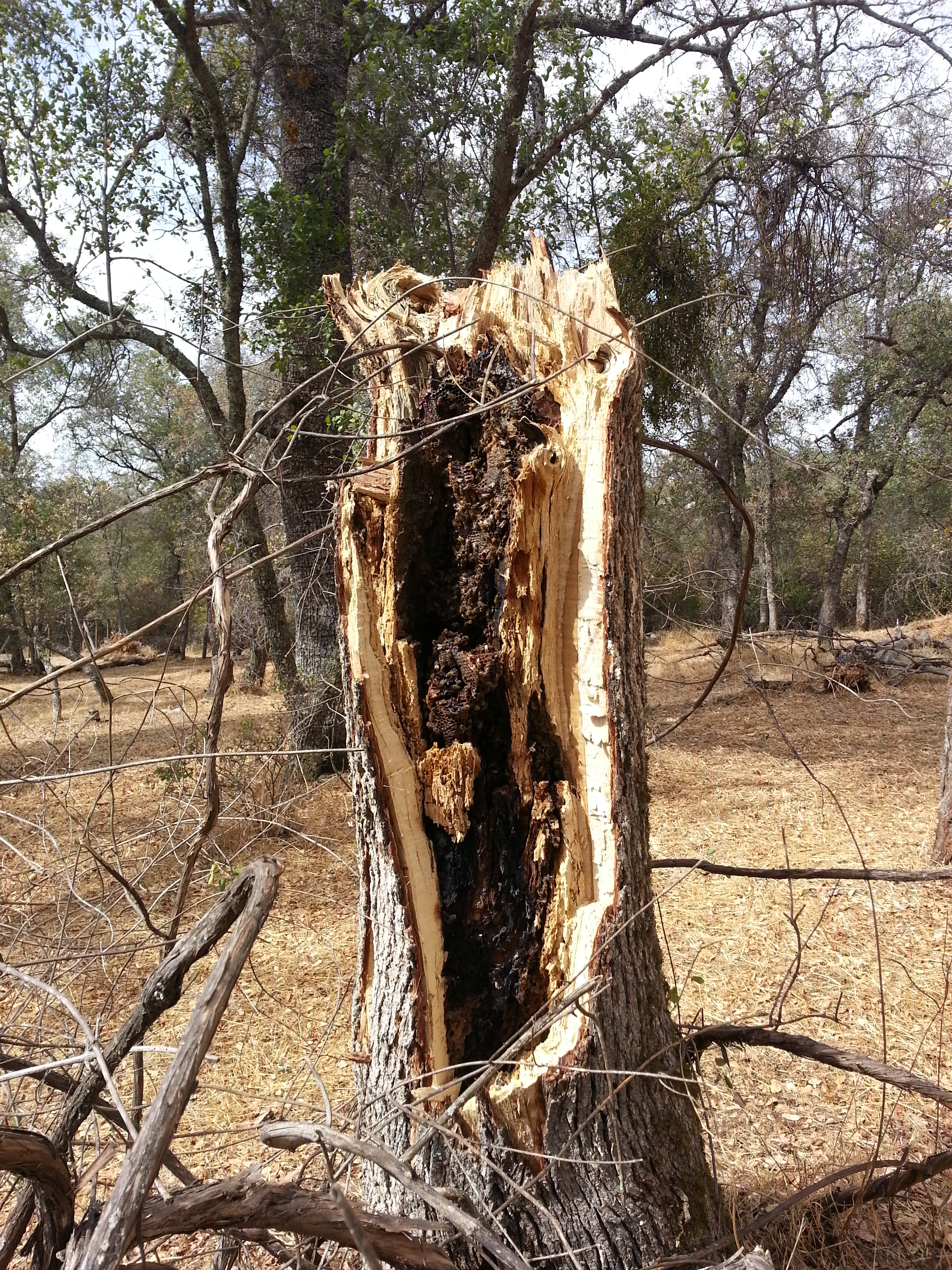
How Can I Move My Feral Hive To A Bee Box Honey Bees Forum At Permies
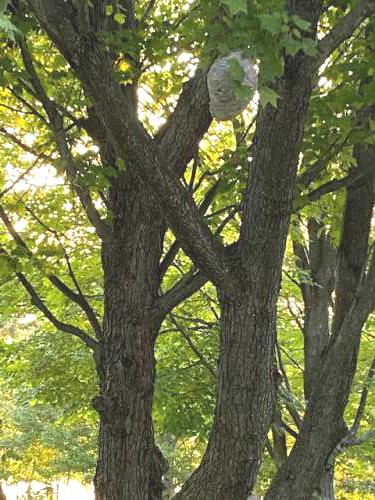
How Do Wasps Make Nests In Trees

The Link Between Honey Bees And Resin Bees Honey Bee Suite

An Open Air Colony In A Pear Tree Doesn T Survive Honey Bee Suite
Bee Season Balls Of Bees In Trees Swarms What You Need To Know St George News

Bee Hive Removal From Tree Trunk Youtube

Making A Log Hive Bee Kind Hives

Bee Hive For Solitary Bees Stock Photo Image Of Bees 173746372

Wild Bees Swarm In Tree Hole Beehive In Wood Stock Video C Simazoran 46282397
Eny 146 In783 Living With African Bees In Florida S Outdoor Workplaces

Prevention And Treatment Of Nuisance Honey Bees Around Your Home Mississippi State University Extension Service
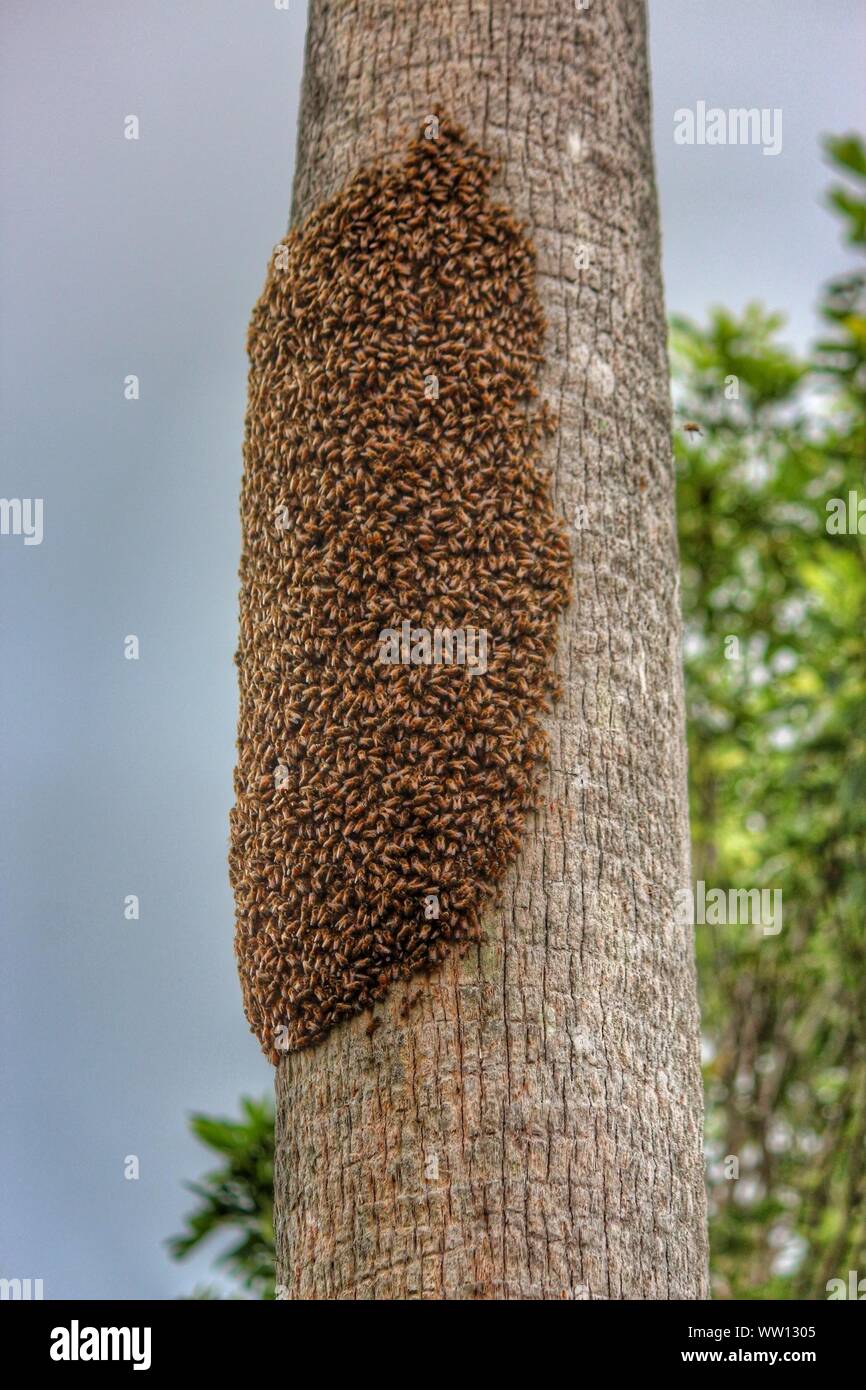
Bee Hive Tree Hi Res Stock Photography And Images Alamy
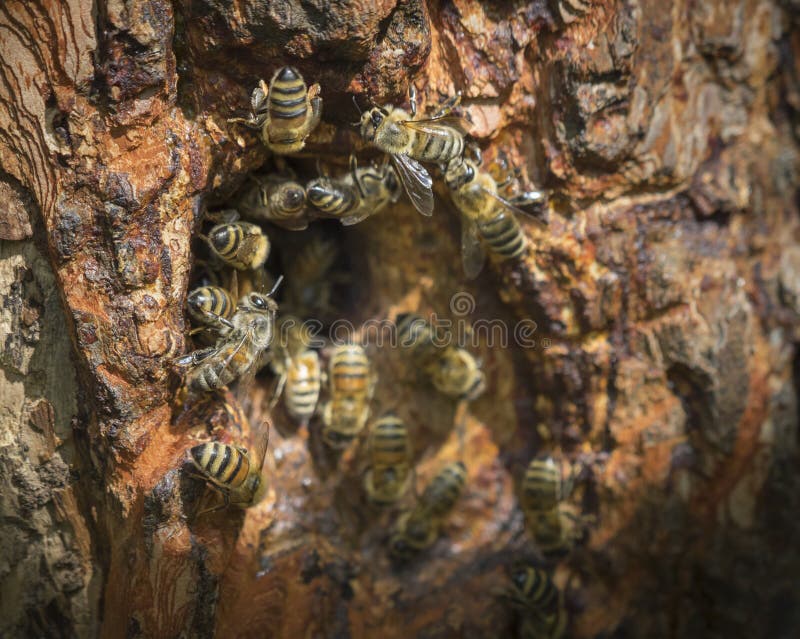
344 Bee Hive Tree Trunk Stock Photos Free Royalty Free Stock Photos From Dreamstime

Beehive On Tree Trunk Stock Photo Download Image Now Animal Animal Body Part Animal Nest Istock

Well Nigh Wordless Wednesday Carpenter Bee Nest The Dragonfly Woman

Isabella Conservation District Environmental Education Program Backyard Nest Boxes For Native Bees
